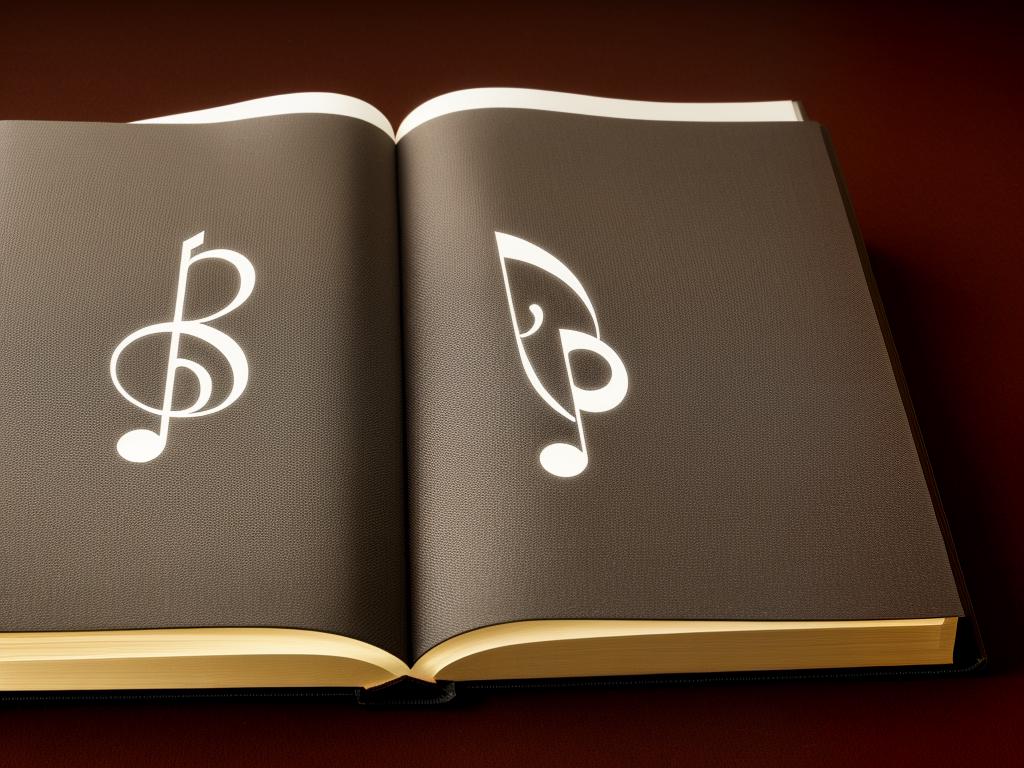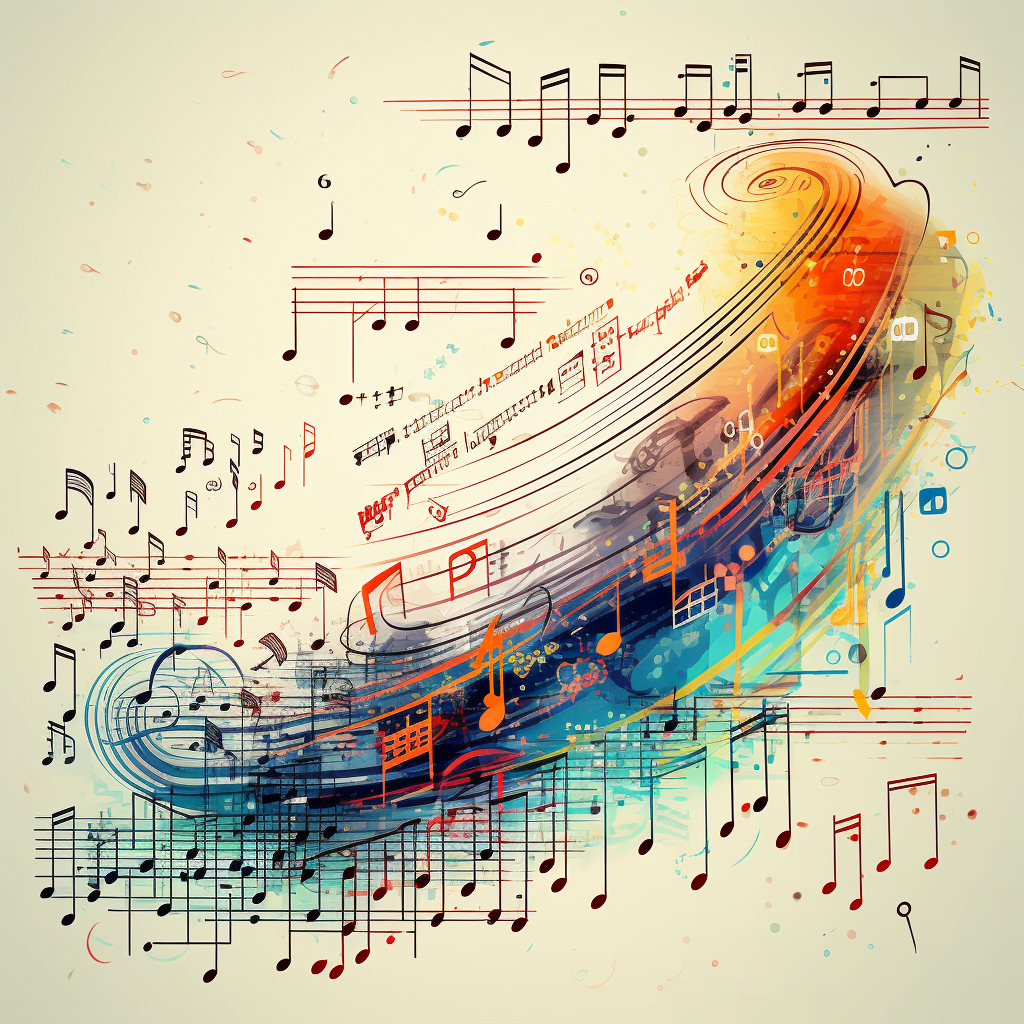Best 4 Music Theory Books to Improve Your Musical Understanding (2023)
Introduction Music theory, while often considered complex and intimidating, is a fascinating field. for anyone with a keen interest in understanding the intricacies and magic of music. Enthusiasts and hobbyists taking on this journey can find a treasure trove of knowledge within numerous textbooks and resources. However, there are few music theory books that truly … Read more


